Time To Dance (Page Three)
|
|
Page 1 - Meet And Greet At The Station
|
|

Did You Know? - A conductor (UK: guard) is a railway train crew member responsible for operational and safety duties that do not involve actual operation of the train. The conductor title is most common in North American railway operations, but the role is common worldwide under various job titles. Conductor job responsibilities typically include:
Making sure the train stays on schedule
Ensuring that any cars and cargo are picked up and dropped off properly
Completing en-route paperwork
Ensuring the train follows applicable safety rules and practices
Controlling the train's movement while operating in reverse
Coupling or uncoupling cars
Assisting with setting out or picking up of rolling stock
Carrying out running repairs
Ticket collection and other customer service duties
Opening and closing train doors

We can hear the engines roaring away....
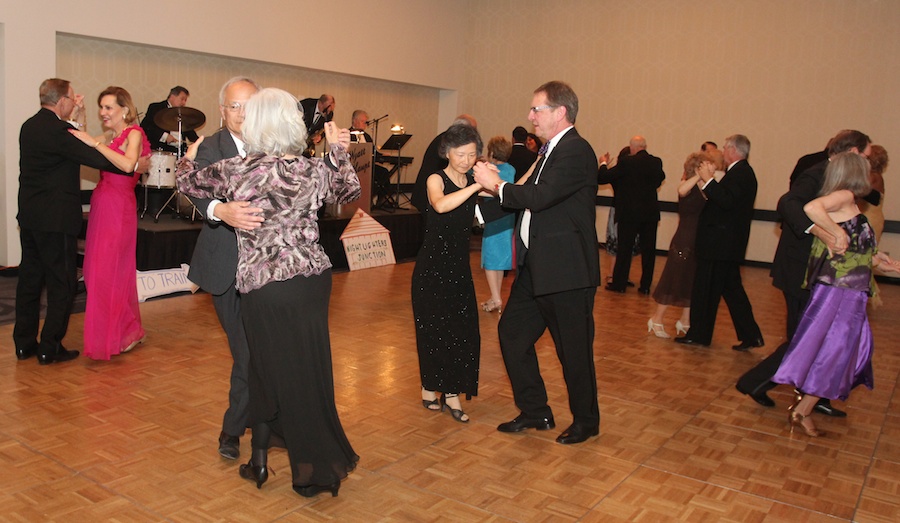
Moving right down the track!
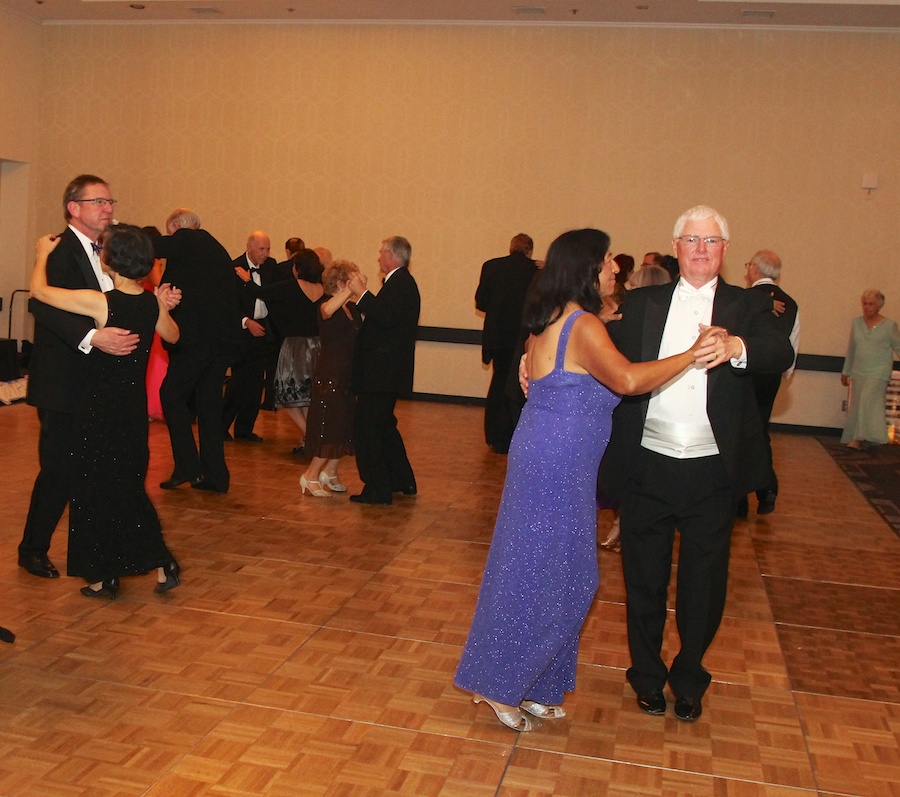
Around and around we go!

"I feel like the train is really moving fast!!"

Wyatt does a mean waltz....
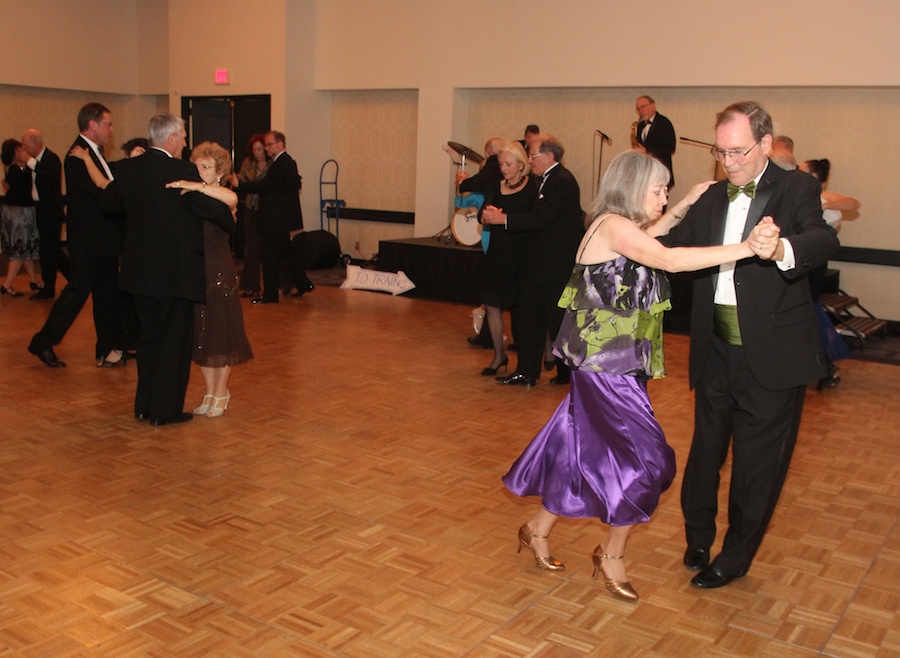
The pace picks up.... We are on the run!
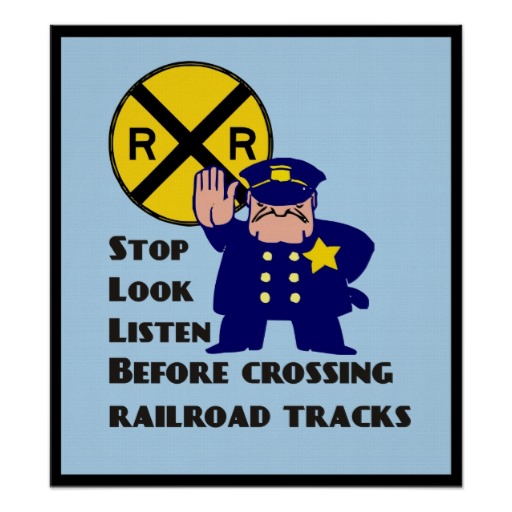

The whole floor is moving....

Jose has the video camera going,,, He has the evidence!

Announcements are now underway!


Kitty Lam and Darryl Sue
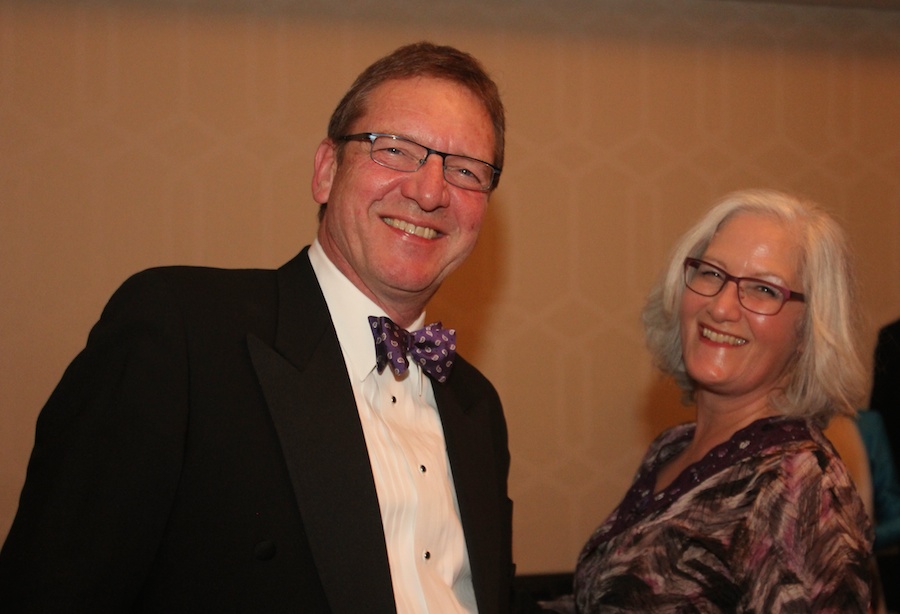
Christoph and Claudia
A Delima - Trains travel from one town to another town all day, always on the same track, always going nonstop and at the same speed. The noon train took 80 minutes to complete the trip, but the 4 PM train took an hour and 20 minutes. Why?
80 minutes is an hour and twenty minutes!
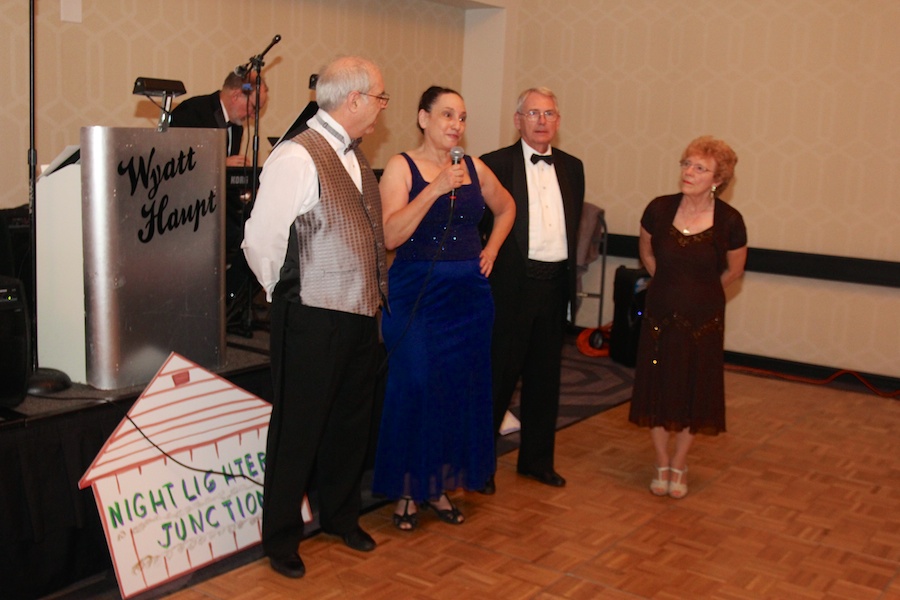
"Guess what the next dance theme will be?"

Les Says "On A Cruise!"..... Not fair, he already knew!
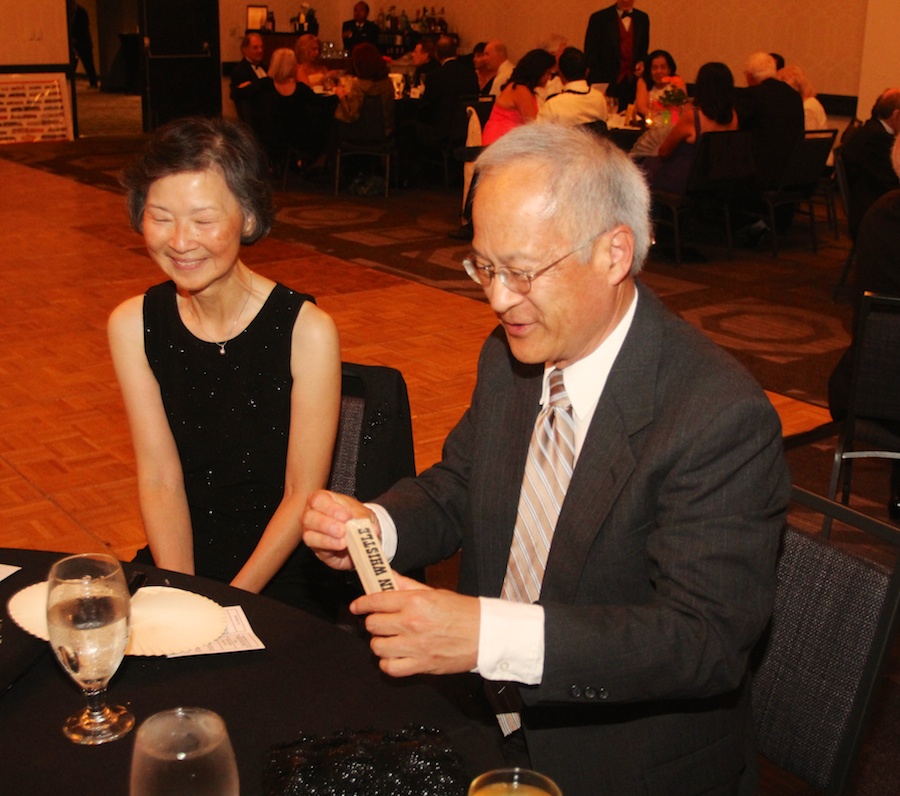
Darryl tried the whistle

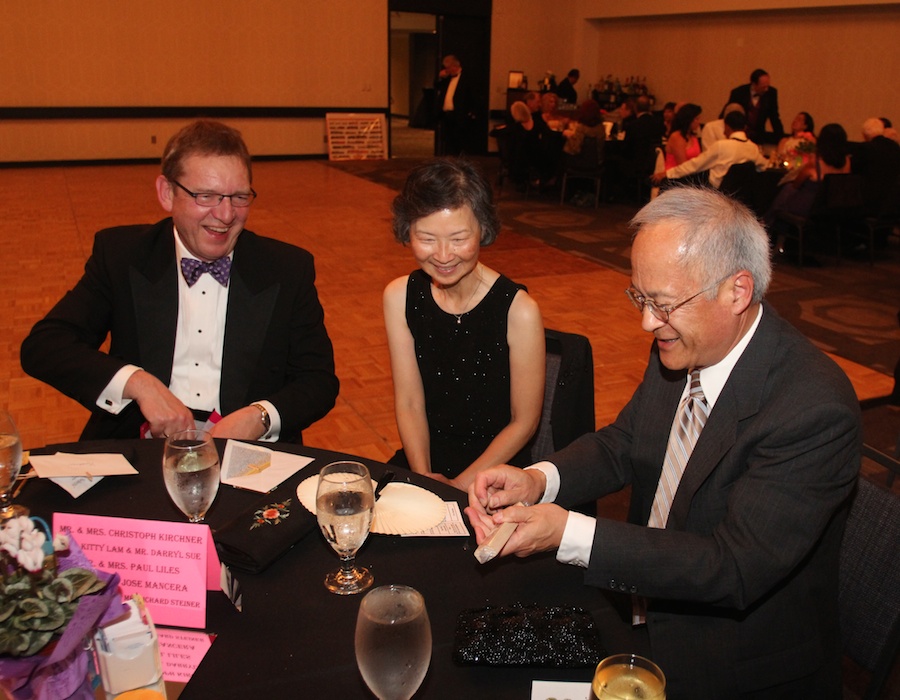
We needed a knife to open the wrappings
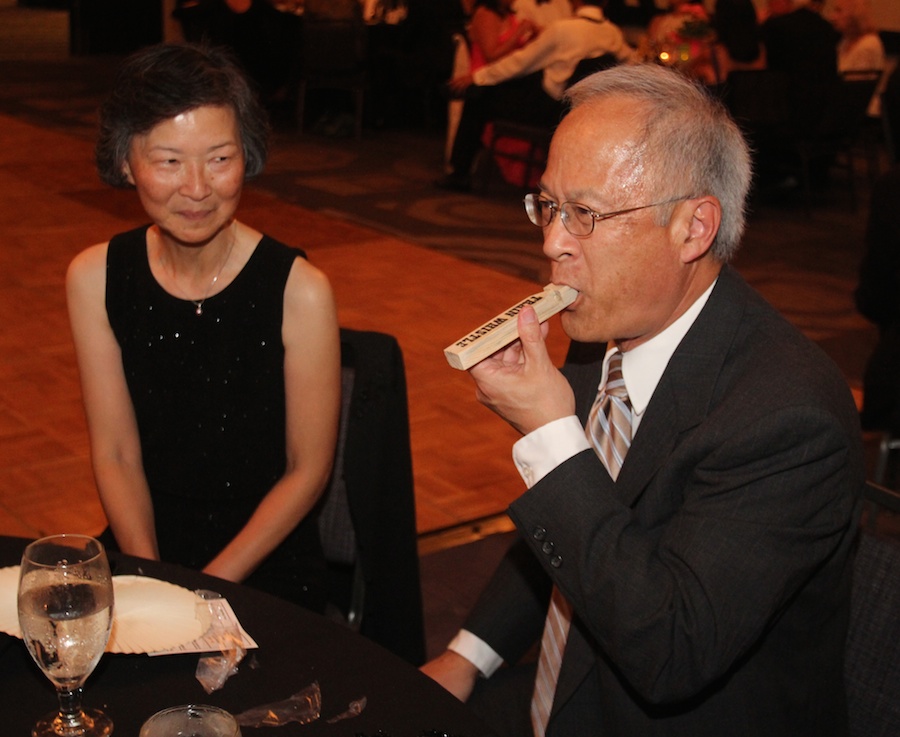
"Toot toot"
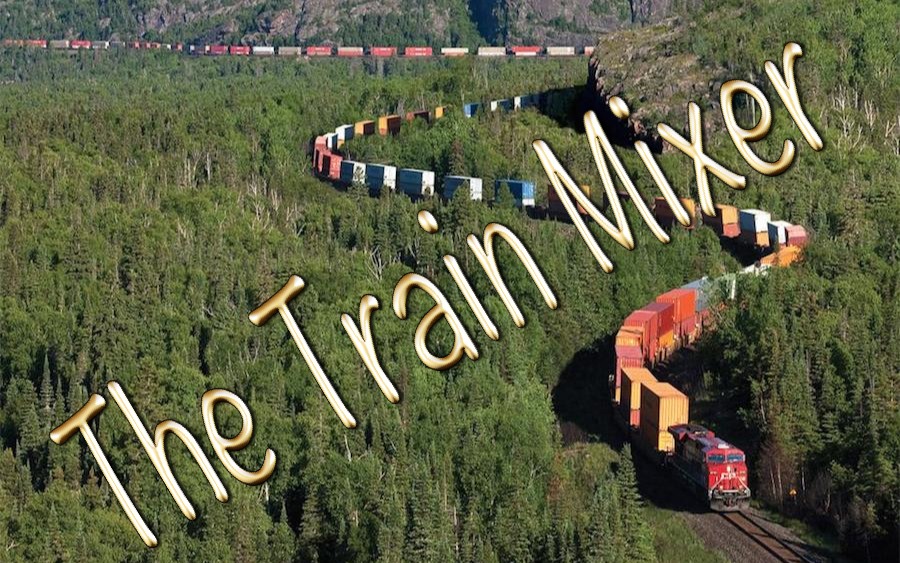
We have a new type of mixer.....

Sharrie takes the lead!
The train lantern establishes the "End Of The Track"
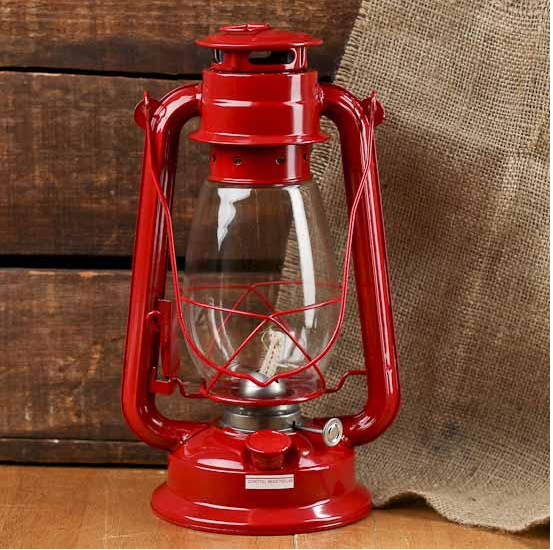
Actually it is called a "Brakeman's Lantern"

The lantern carefully marked were couples split
and return to their own separate tracks

We used electric....
Avoids the fire hazard!

Ladies on their spur line

Gentlemen on their own spur line

As the music starts, each couple leaves the "Nightlighters Junction"
and dances down the "double tracks" toward the lantern

Watch out... Here they come
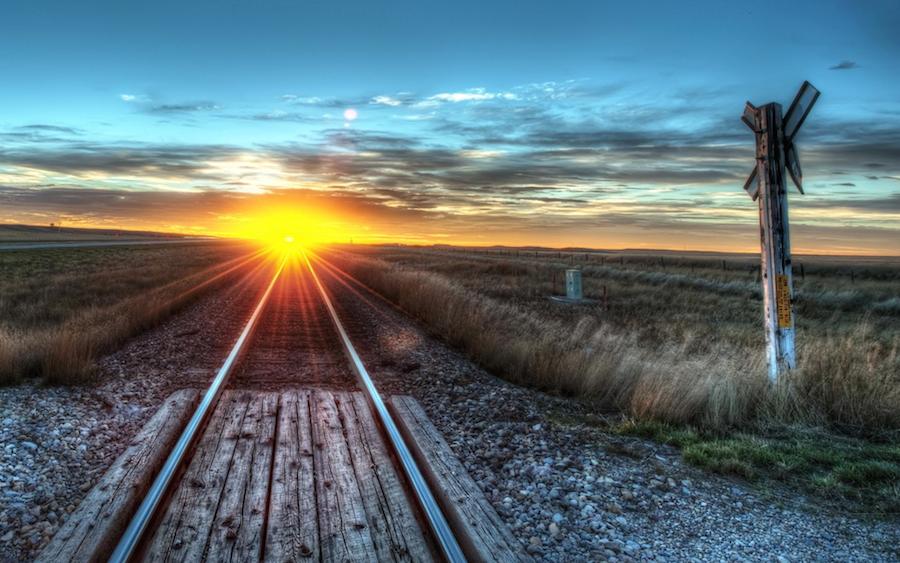
They dance toward the Brakeman's Lantern at the end of the tracks....
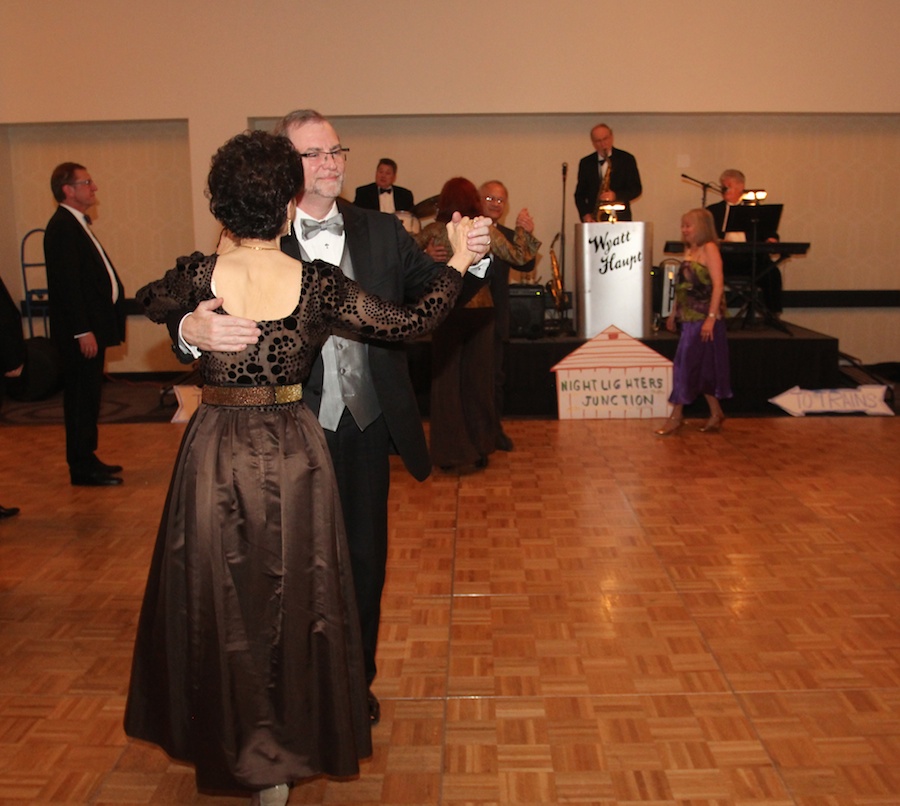
Keeping the speed under 60 mph
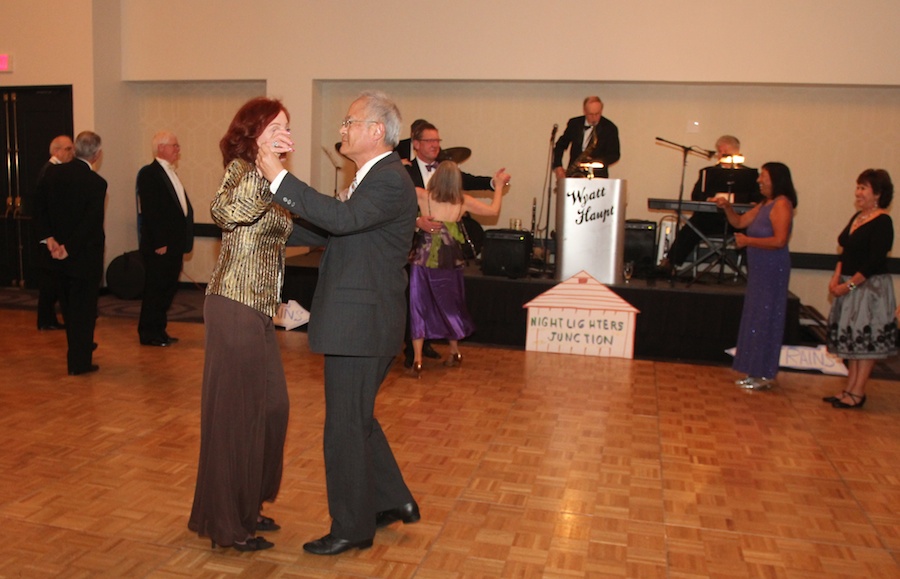
We can have many couples on the main line at one time
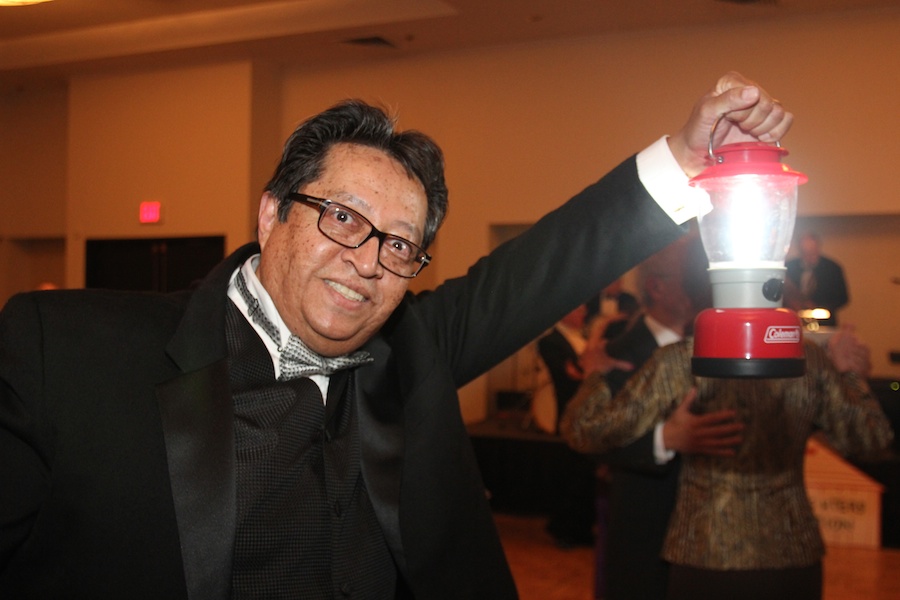
Chief Brakeman Jose makes sure the tracks remain clear....
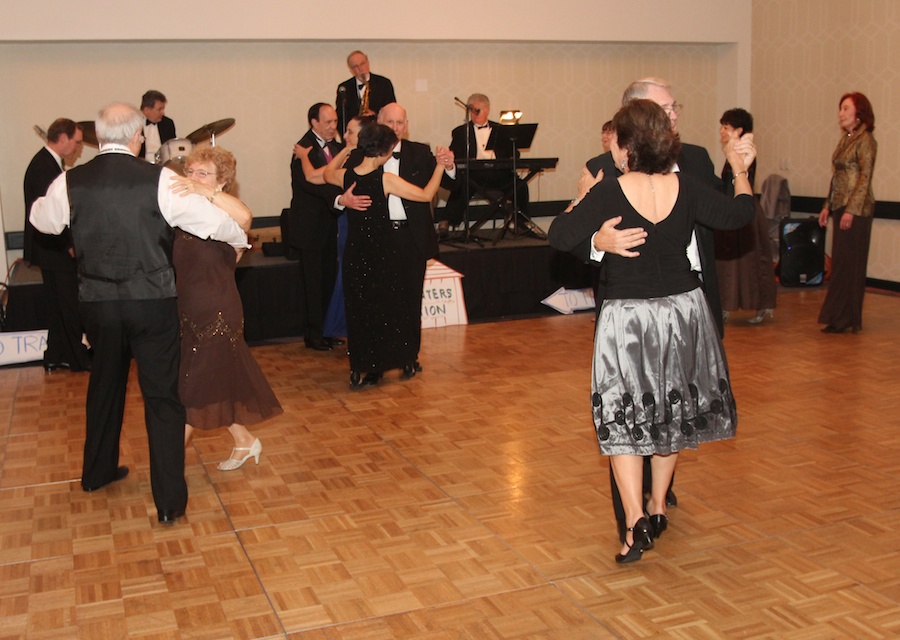
With and odd number of men and even number of women, everybody that
returns to the junction gets to ride the rails with a new person each time!
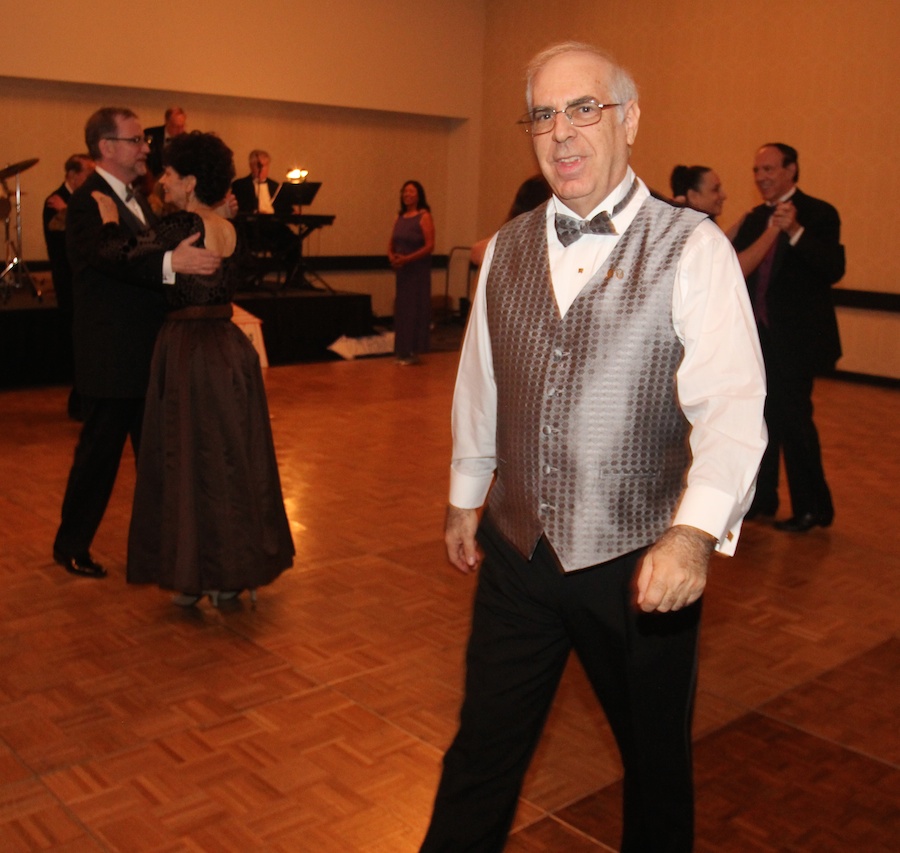
Les hurries back to the junction...
NOTE: With this dance
the music and dancing is continuous!

Some prefer to remain on the branch line....
Did You Know? - A branch line is a secondary railway line which branches off a more important through route, usually a main line. A very short branch line may be called a spur line.

Everybody gets to dance and the mixer is continuous....
Thank goodness that Wyatt knows a lot of train songs...

Conductor Sherrie even joins the fun!

Four couples on the tracks at once.....

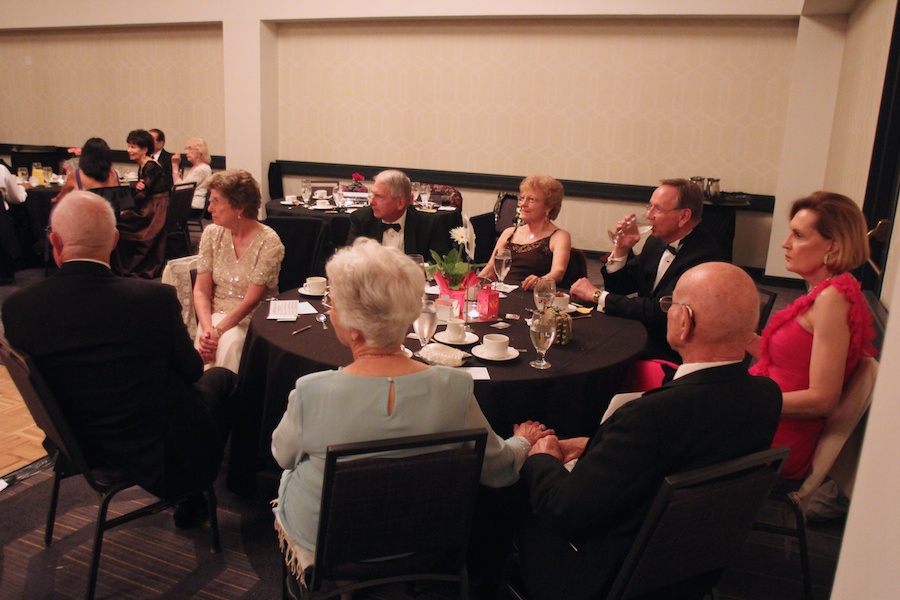
Everybody is having fun

"I hear we are going to get a dance lesson in a few minutes"

Floating all over the floor

"I want to see that step up close!"
Did You Know? - Gandy dancer is a slang term used for early railroad workers who laid and maintained railroad tracks in the years before the work was done by machines. The British equivalents of the term gandy dancer are "navvy" (from "navigator"), originally builders of canals or "inland navigations", for builders of railway lines, and "platelayer" for workers employed to inspect and maintain the track. In the U.S. Southwest and Mexico, Mexican and Mexican-American track workers were colloquially "traqueros".
In some texts, the term is described as specific to those workers who built the track. One text states that "layers of railroad track are hardly ever called gandy dancers," asserting, rather, that the job of the gandy dancer refers to "track examiners", ascribing their responsibilities as "checking ties, bolts, track, and roadbed for necessary repairs." However, most sources refer to gandy dancers as the men who did the difficult physical work of track maintenance under the direction of an overseer.
There are various theories about the derivation of the term, but most refer to the "dancing" movements of the workers using a specially manufactured 5-foot (1.52 m) "lining" bar (which may have come to be called a "gandy") as a lever to keep the tracks in alignment.
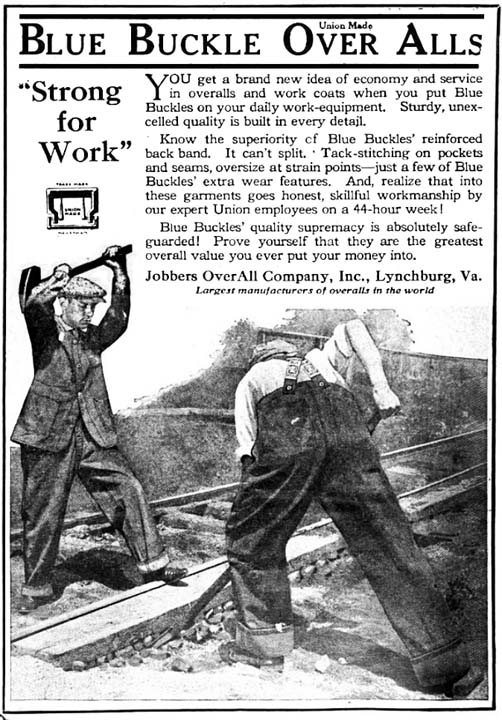
These overalls would be difficult to dance in for sure!

Did You Know?
Q: What do you call a train that eats toffee?
A: A chew, chew train.
Q: Why is the railroad angry?
A: Because people are always crossing it!
Q: Why can't the engineer be electrocuted?
A: Because he's not a conductor!
Q: Why can't a steam locomotive sit down?
A: Because it has a tender behind

Ladies and gentlemen... Assume a line dance stance on the
floor and get ready to move...

"OK... You talked me into it... I will try!"
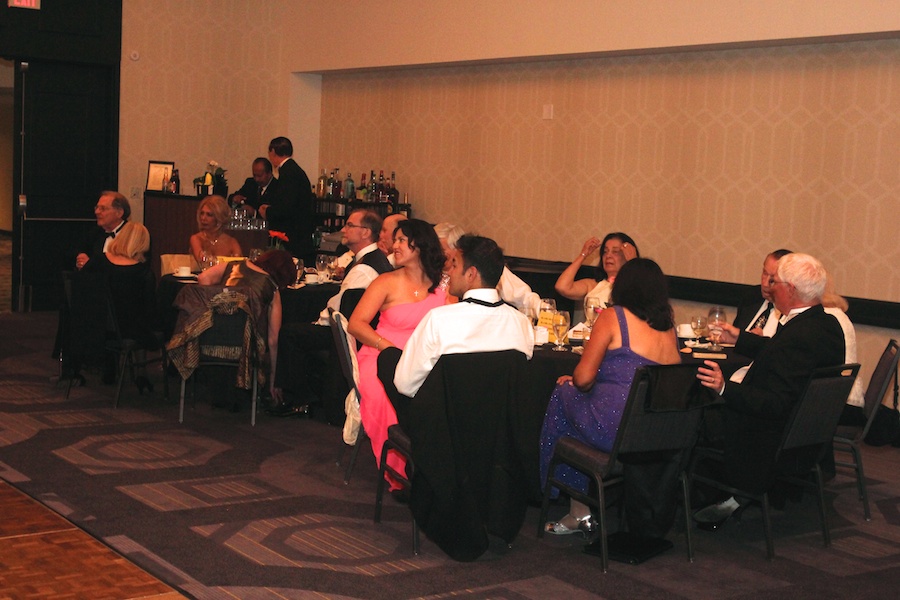
They are slowly approaching the floor....
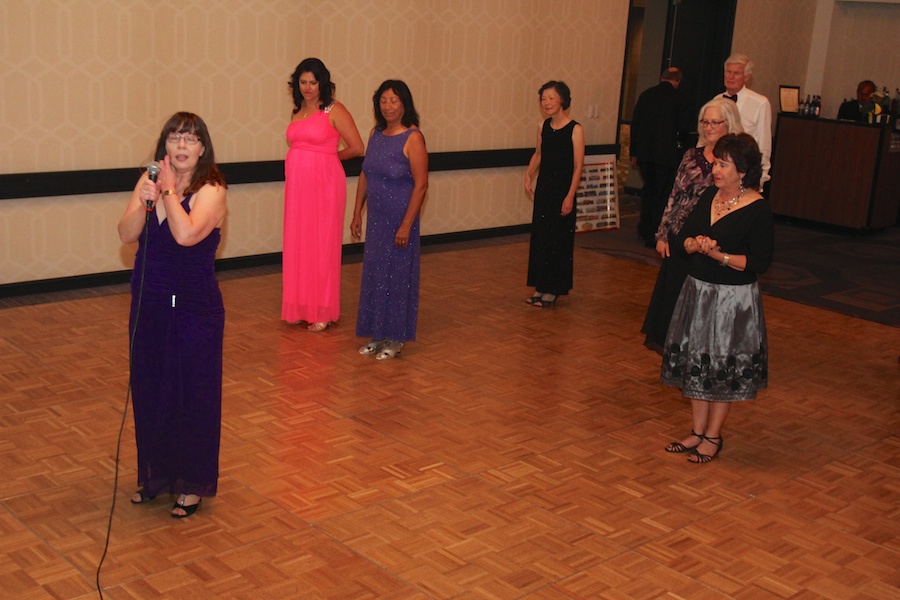
"Gotcha!
You will love this one.... It's easy!"
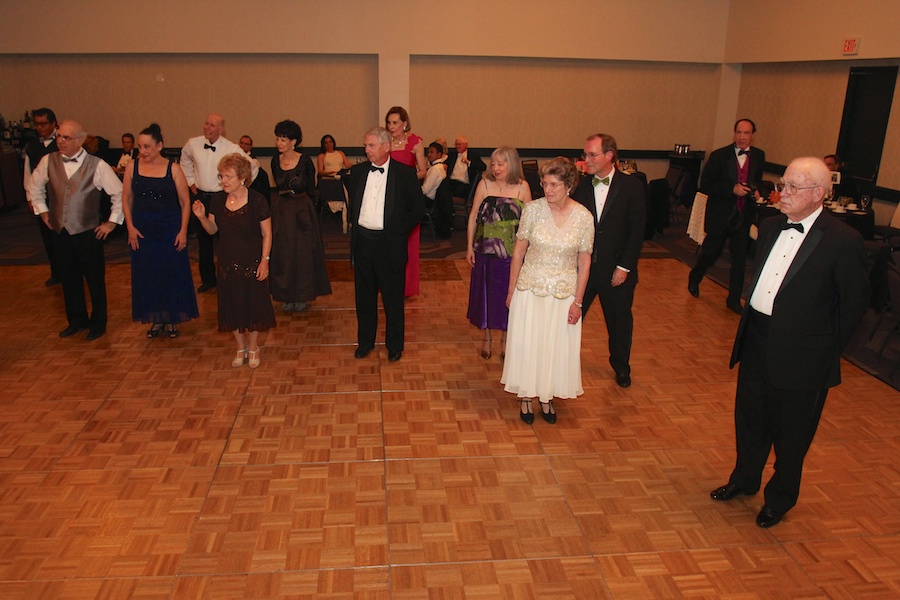
"Put your little foot out... Put your little foot in......
No! That's the Hokey Pokey!"

We have an excellent teacher in Conductor Sherrie

Why is everybody looking at her feet???

They are getting used to the pattern
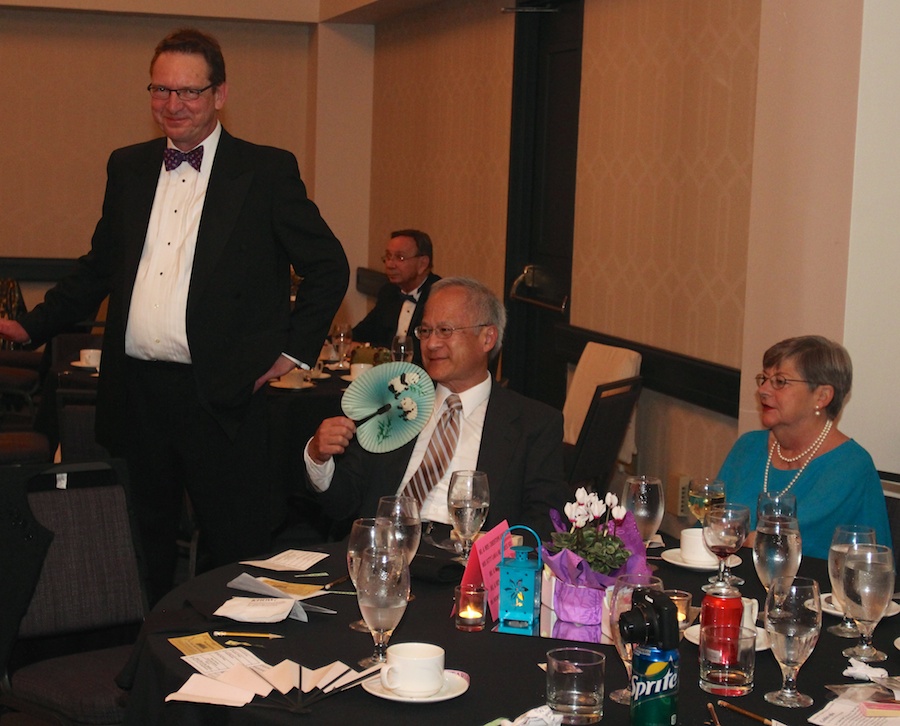
The more reserved are watching the dance lesson
from far away
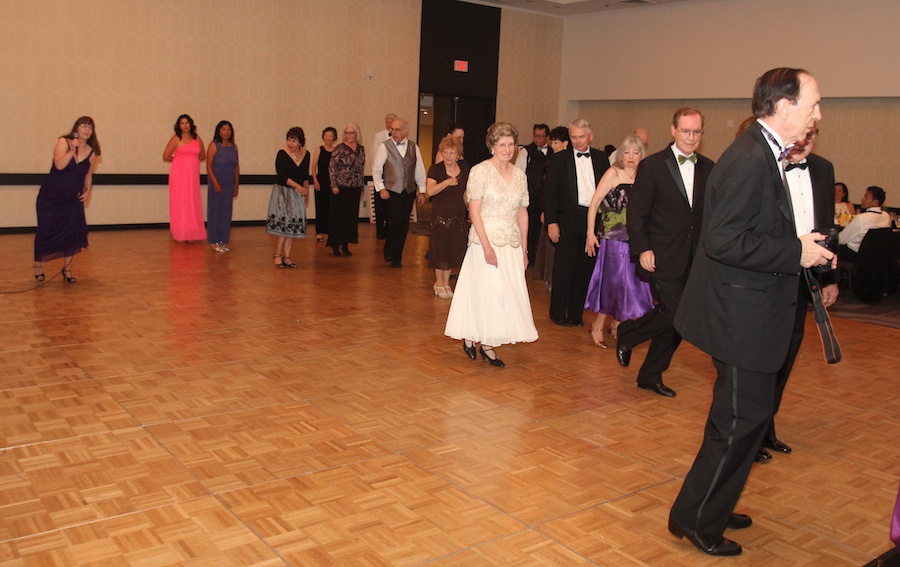
Start the music for reals Wyatt....
More "train" music... Locomotion
Did You Know? - "The Loco-Motion" is a 1962 pop song written by American songwriters Gerry Goffin and Carole King. The song is notable for appearing in the American Top 5 three times – each time in a different decade, performed by artists of three different ethnicities: originally African American pop singer Little Eva in 1962 (U.S. No. 1); then American band Grand Funk Railroad in 1974 (U.S. No. 1); and Australian singer Kylie Minogue in 1988 (U.S. No. 3).
The song is a popular and enduring example of the dance-song genre: much of the lyrics are devoted to a description of the dance itself, usually done as a type of line dance. However, the song came before the dance.

The original recording of the song was sung by Eva Boyd, under the stage name Little Eva. Boyd was actually Carole King's babysitter, having been introduced to King and husband Gerry Goffin by The Cookies, a local girl group who would also record for the songwriters. "The Loco-Motion" was the first release by the new Dimension Records company, whose releases were mostly penned and produced by Goffin and King.
A cover version of the song was recorded quickly by British girl group The Vernons Girls and scored the chart the same week as the Little Eva version. The Vernons Girls' version stalled at No. 47 in the UK, while the Little Eva version reached No. 2 on the UK charts. It re-entered the chart some ten years later and almost became a top ten again, peaking at No. 11.
In the United States, "The Loco-Motion" was the sixth most successful single of 1962 according to Billboard. It was also the third most successful single of 1962 in South Africa. In March 1965, Little Eva sang the song on the ABC-TV series Shindig!, and this is the only known video of her singing this song.

These guys are good!

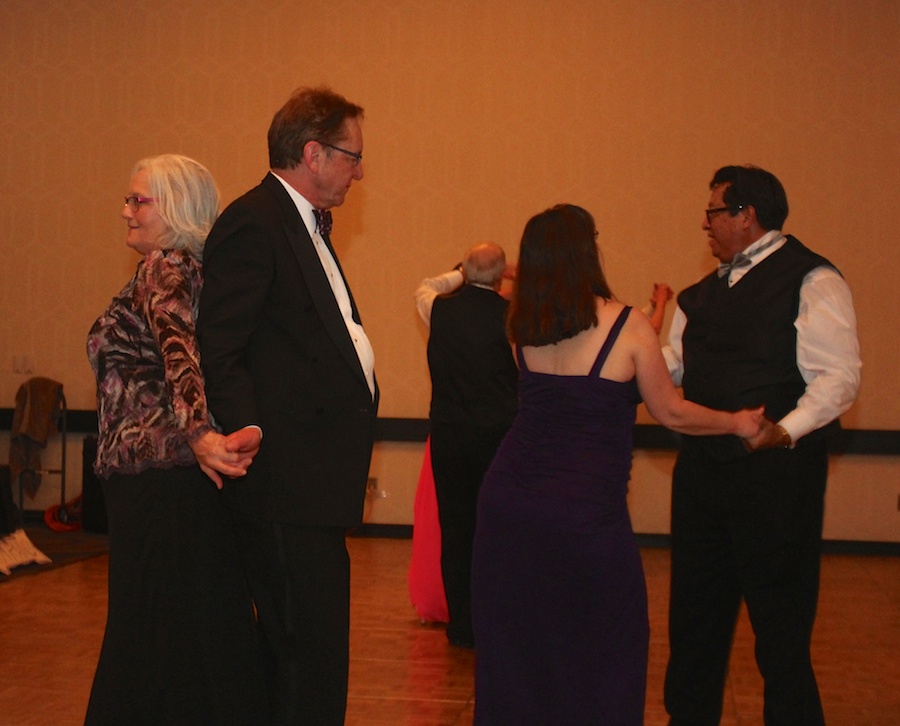
The railroad is speeding up....

Track 29....
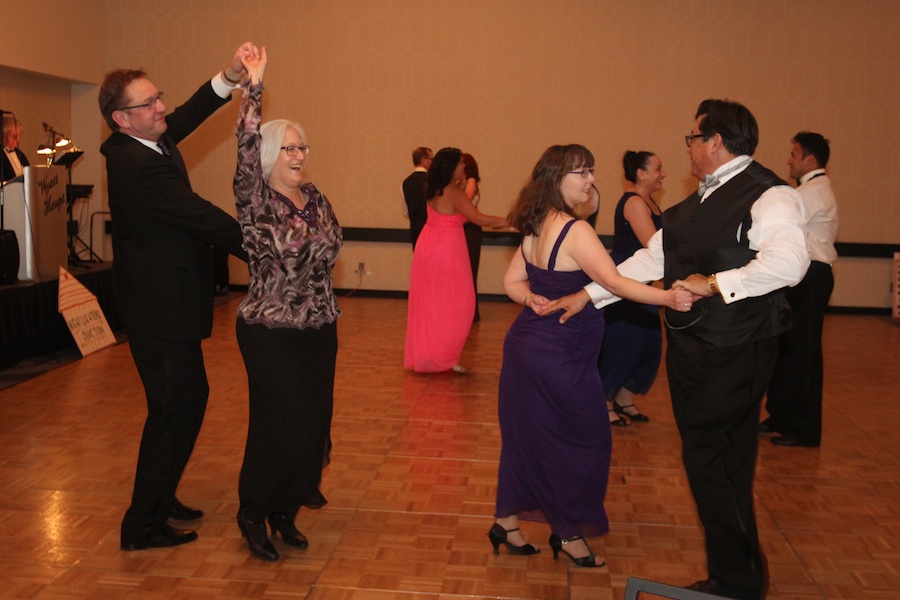
The last folks standing.... A great evening!
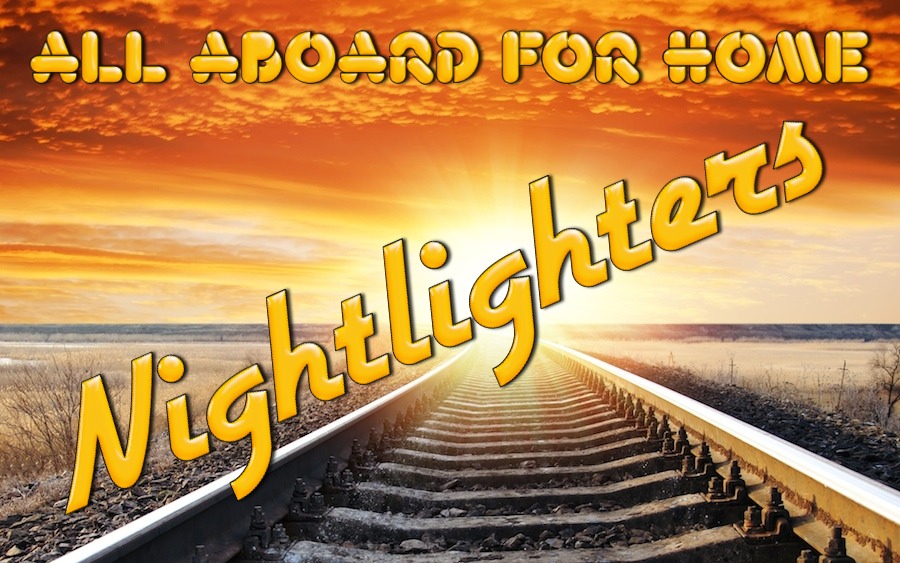
"Down By The Station" is a popular song written by Lee Ricks and Slim Gaillard in 1948, and most famously recorded by Tommy Dorsey. The song remains popular today as a children's music standard.
The opening lines of the song are: Down by the station, early in the morning, see the little pufferbellies all in a row.
Notable covers of the song include Barney, The Wiggles and The Four Preps, whose version was a big hit for them in 1960.
The song itself is much older than 1948; it has been seen in a 1931 Recreation magazine.
Whether deliberately copied or not, the tune is very closely related to the chorus of Alouette (song), a French/Canadian folk song.
|
|
Page 1 - Meet And Greet At The Station
|
|